
First and foremost, there are many types of blisters which can appear on the surface of your skin. Some of these are fever blisters, friction blisters and blood blisters. While fever blisters commonly affect the area of your mouth, chin, cheeks and nostrils, friction blisters, being the most frequent type, usually appear on hands or feet. Regardless of the type of the blister you are facing, you are probably wondering whether you should pop it or not. The lines below will shed some light on the matter.
Popping a Blister, Yes or No?
A blister is, basically, a protective layer of skin, covering the rest of the skin, keeping it safe from infections. Therefore, popping it is not a recommended step, since this action could open doors to infections. Thus, the best possible action to take is leaving the blister safe, in order for it to dry up naturally. This process may last for some time, but is, nevertheless, the best choice.
Suffering from diabetes or some other disorders affecting your metabolism, put you in a situation where popping your blister is really not a good idea. If you are not sure how to protect yourself or what to do in these situations, ask your doctor for an opinion.
Once You Pop a Blister...
Basically, once the blister gets perforated, the skin covering it moves away, leaving the wound underneath vulnerable, the fluid leaks from the inside and the area gets prone to infections. So, if your blister gets popped, expect pain, redness, tenderness, swelling or warmth. Yet, if symptoms get out of hand, seek medical assistance.
The fluid kept inside a blister creates excellent healing environment. Thus, once it leaks out, it allows dangerous microorganisms to reach the wound and trigger health problems. Additionally, when the fluid is gone, there is friction in the tender and sensitive area of the flesh, leading to complications and a prolonged healing process.
Treating Blisters at Home
Exposing blisters to cold will soothe the pain and discomfort. Ice compress or clothes soaked in cool water will do. Applying 10% tannic acid will promote healing, along with the application of aloe vera gel or juice, vitamin E or zinc. If you are worried about infections, apply garlic oil and keep the area safe. Witch hazel speeds up the healing process too.
Alternatively, you can mix a spoon of Epsom salt with a bowl of water, applying the mixture on the blister. Lemon balm, sage tea, mint extract, ginger tea are all great remedies as well.


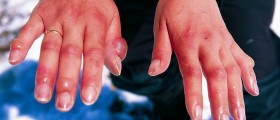

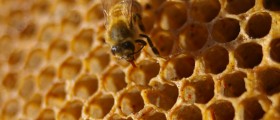

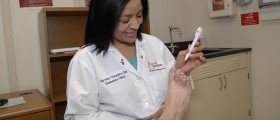

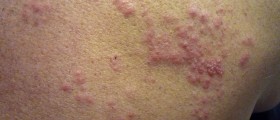
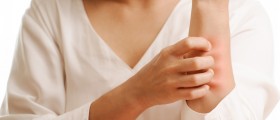
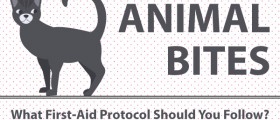
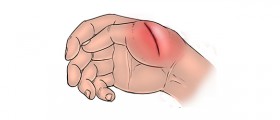
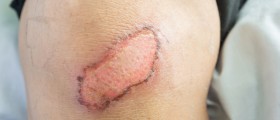

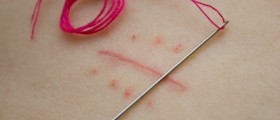


Your thoughts on this
Loading...